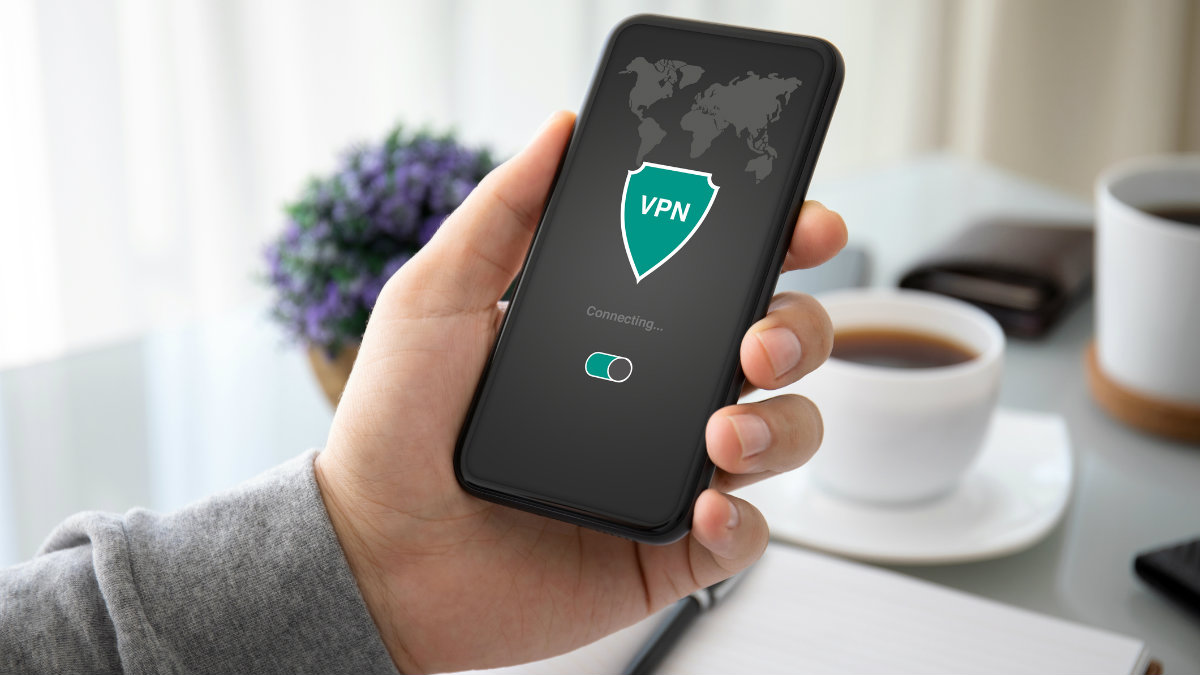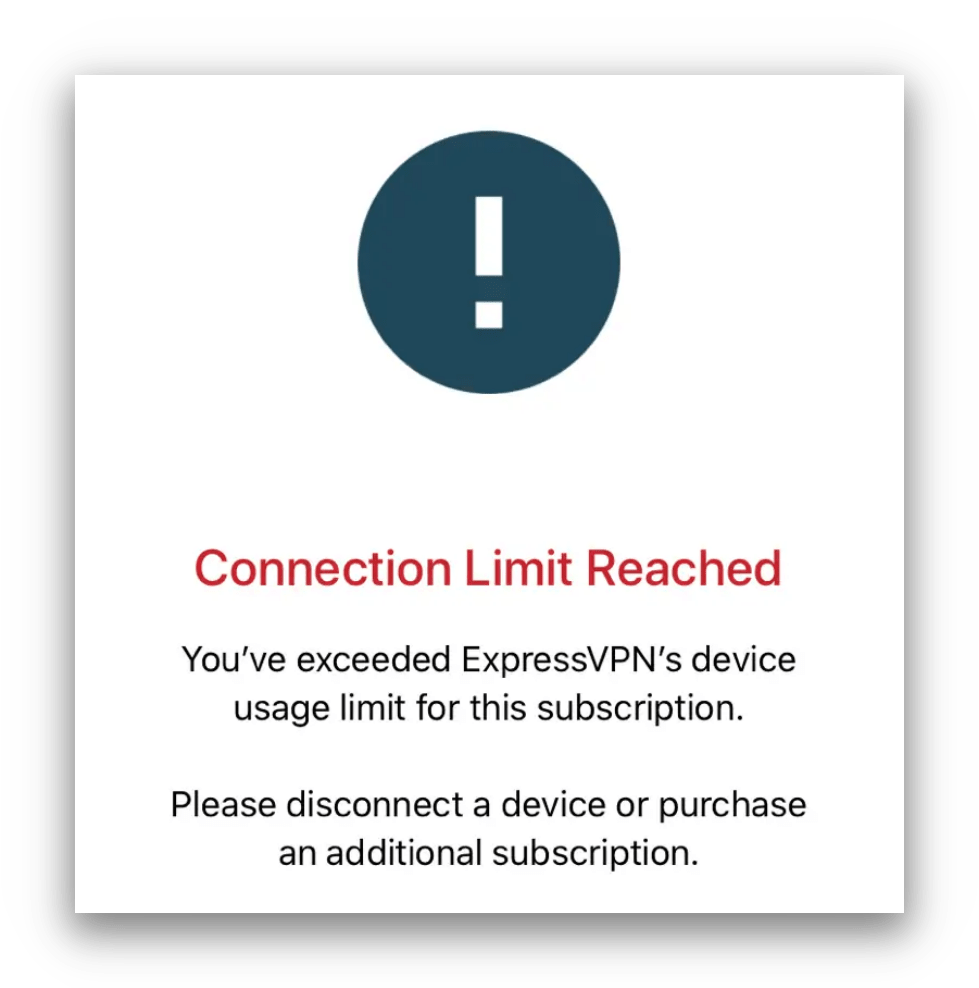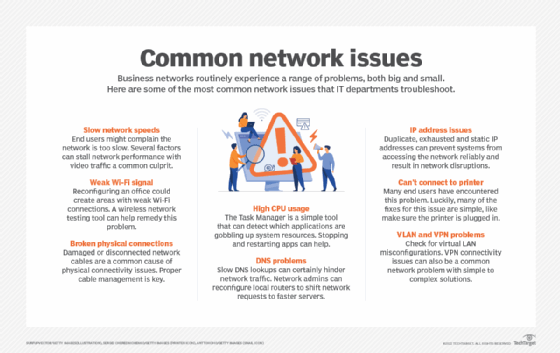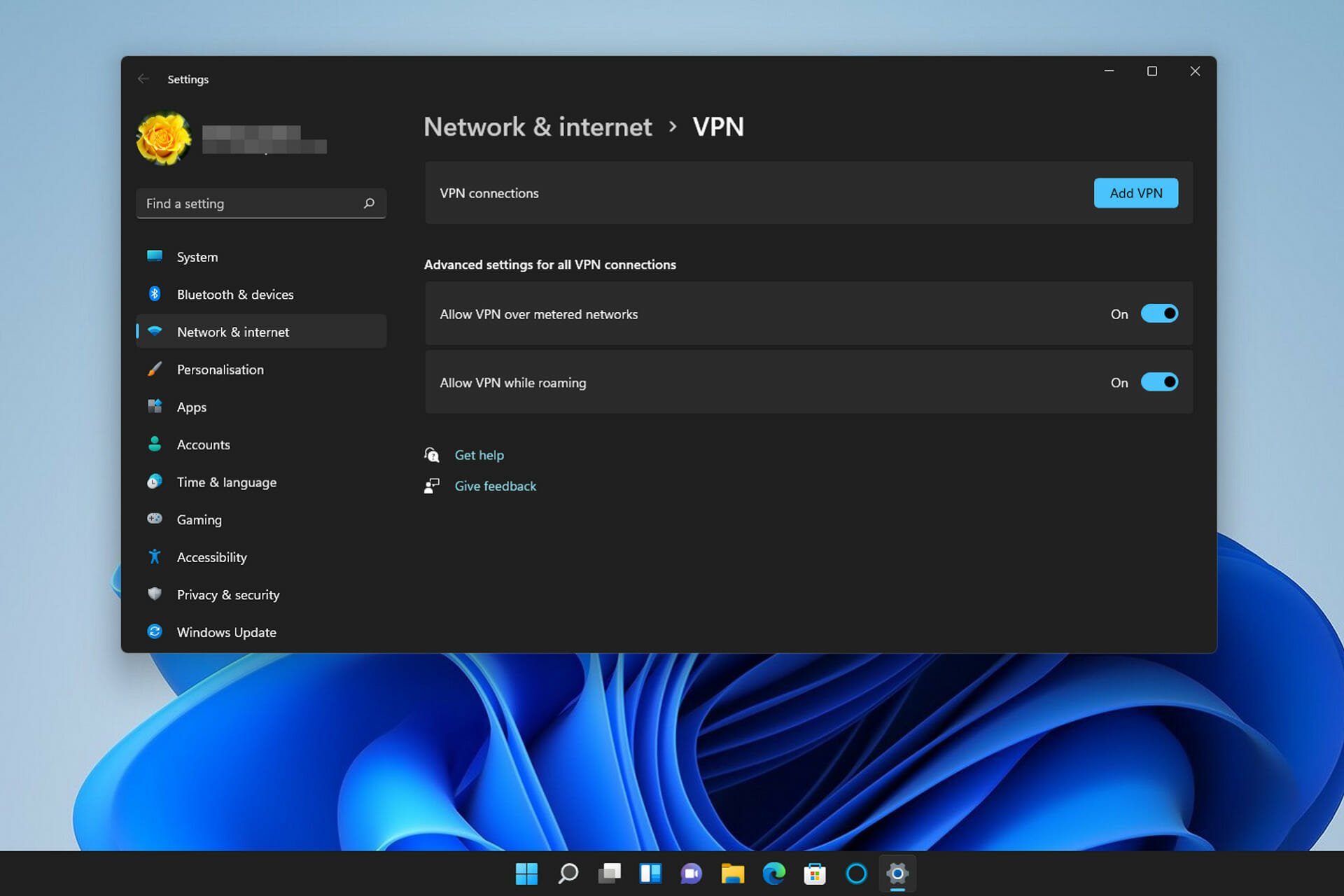Featured
Table of Contents
A Guide To Vpn Troubleshooting: Fix All Your Vpn Problems
The Routing and Remote Gain access to snap-in lives within the Microsoft Management Console, referred to as the MMC. There are several methods to access the MMC. You can choose the console from the Start menu's Programs choices, within the Administrative Tools folder within Windows server's Control Panel or by typing mmc at a command prompt.
As Tech, Republic's Brandon Vigliarolo shows within his video at the start of this short article, the Providers console displays the status of the Routing and Remote Access entry. From within the Solutions console and with the Routing and Remote Access entry highlighted, you can click Start the Service or right-click the entry and choose Restart.
In some cases the VPN client and VPN server are set to utilizing various authentication approaches. Confirm whether an authentication error is the issue by opening the server console. Yet another approach of accessing the MMC is to type Control+R to open a command timely in which you can type mmc and struck Go into or click OK.
If the entry isn't present, click File, choose Add/Remove Snap-in, choose the Routing and Remote Access alternative from the choices and click Add, then OK. With the Routing and Remote Gain access to snap-in included, right-click on the VPN server and click Properties. Then, evaluate the Security tab to validate the authentication approach.
How To Troubleshoot Common Issues With Avast Secureline ...
Make sure the VPN customer is set to the authentication technique defined within the Security tab. Generally the items simply evaluated are responsible for a lot of VPN connection rejection mistakes.
Each Web-based VPN connection typically utilizes 2 various IP addresses for the VPN client computer. This is the IP address that's used to develop the initial TCP/IP connection to the VPN server over the Web.

This IP address normally possesses the very same subnet as the regional network and thus permits the customer to communicate with the local network. When you set up the VPN server, you should configure a DHCP server to appoint addresses to clients, or you can develop a bank of IP addresses to designate to clients directly from the VPN server.


If this alternative is selected and the reliable remote access policy is set to permit remote access, the user will be able to connect to the VPN. Although I have actually been not able to re-create the scenario personally, I have actually heard rumors that a bug exists in older Windows servers that can cause the connection to be accepted even if the efficient remote gain access to policy is set to deny a user's connection.
15 Tips For Troubleshooting Vpn Connections

Another typical VPN problem is that a connection is effectively established but the remote user is unable to access the network beyond the VPN server. By far, the most common reason for this issue is that authorization hasn't been approved for the user to access the whole network. To permit a user to access the entire network, go to the Routing and Remote Access console and right-click on the VPN server that's having the problem.
At the top of the IP tab is an Enable IP Routing check box. If this check box is enabled, VPN users will have the ability to access the rest of the network, presuming network firewall softwares and security-as-a-service settings allow. If the checkbox is not chosen, these users will have the ability to gain access to just the VPN server, but nothing beyond.
If a user is calling straight into the VPN server, it's normally best to configure a fixed path between the customer and the server. You can configure a static path by going to the Dial In tab of the user's residential or commercial properties sheet in Active Directory site Users and Computers and choosing the Apply A Fixed Route check box.
Click the Include Path button and after that enter the location IP address and network mask in the space offered. The metric ought to be left at 1. If you're using a DHCP server to designate IP addresses to customers, there are a number of other problems that might trigger users not to be able to exceed the VPN server.
Streaming Websites, Services, Or Apps Are Inaccessible ...
If the DHCP server designates the user an IP address that is already in use somewhere else on the network, Windows will identify the dispute and avoid the user from accessing the remainder of the network. Another common issue is the user not receiving an address at all. Most of the time, if the DHCP server can't designate the user an IP address, the connection will not make it this far.
254.x. x variety. If the customer is assigned an address in a variety that's not present within the system's routing tables, the user will be unable to browse the network beyond the VPN server. Other concerns can contribute to this issue, too. Make sure the resources the user is attempting to access are really on the network to which the user is connecting.
A VPN connection to the other subnet might, in truth, be required. A firewall program or security as a service option might likewise be to blame, so do not forget to examine those services' settings, if such components exist in between the VPN server and the resources the user seeks to reach.
The first possibility is that one or more of the routers involved is carrying out IP package filtering. I recommend inspecting the client, the server and any makers in between for IP package filters.
Latest Posts
Best Business Vpn In 2023 [Ranked & Reviewed]
Best Business Vpn Options In 2023 [Keeping Smb Data ...
Best Remote Access Vpn In Usa To Work From Home